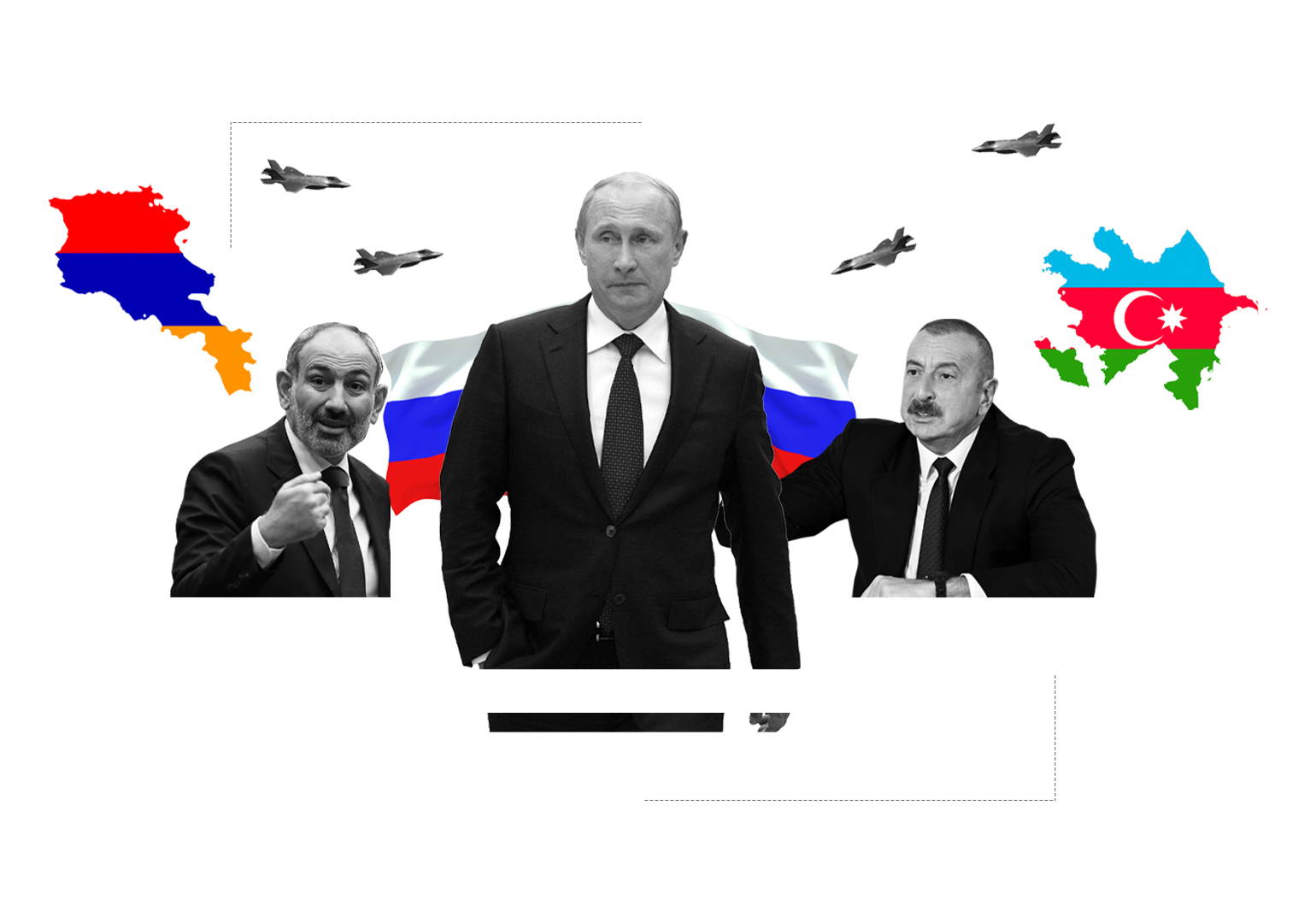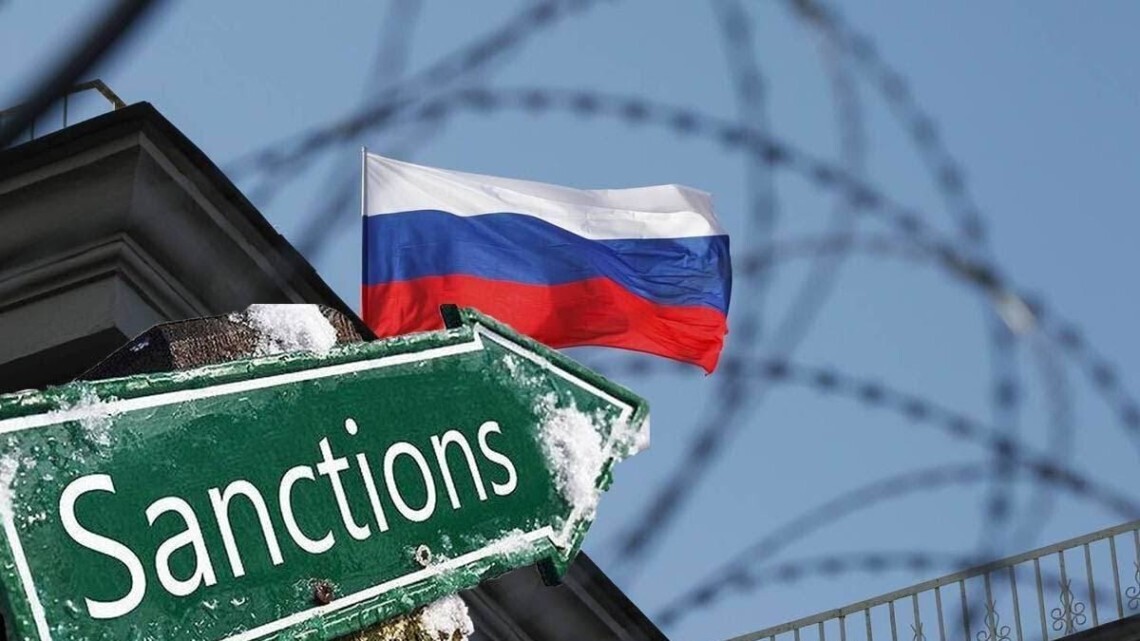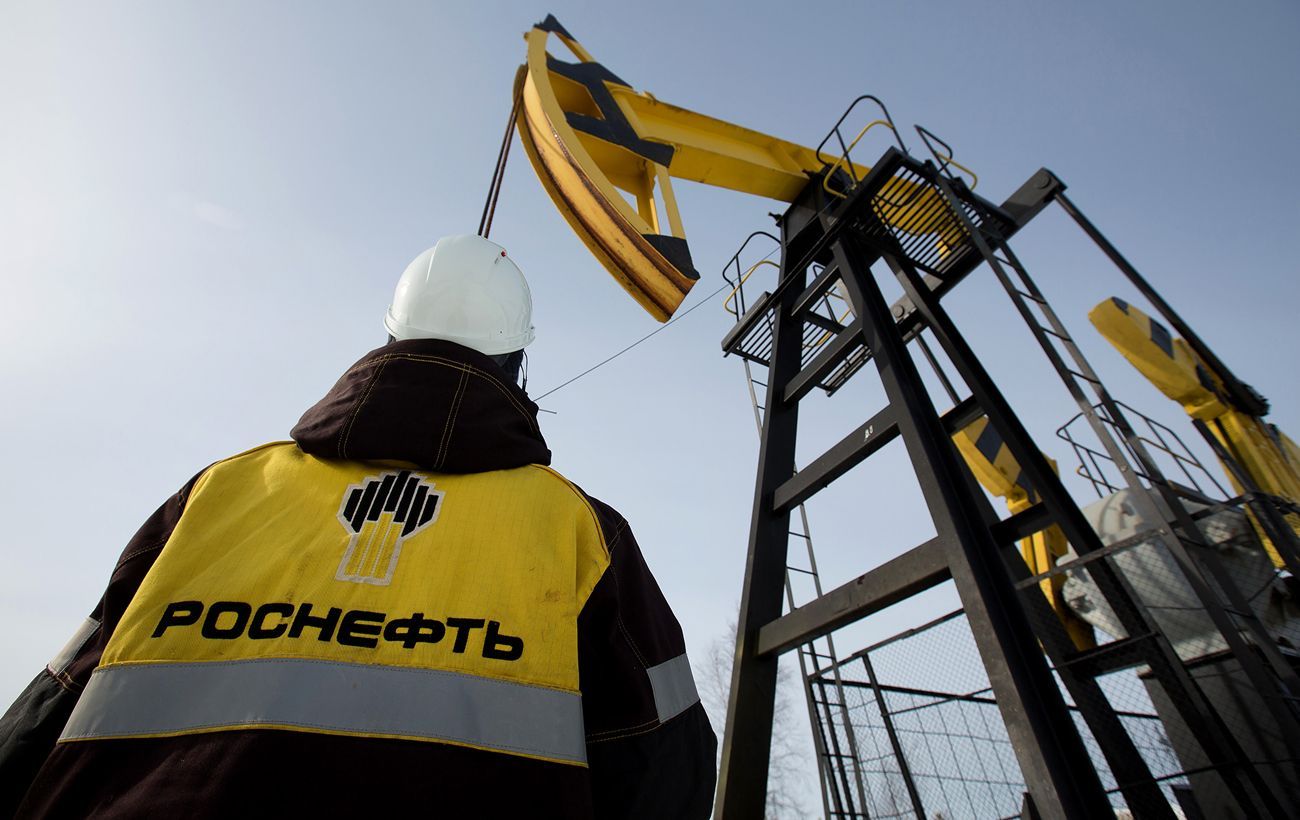During the Azerbaijani attacks against Armenia on 13 September, Yerevan requested military aid from Russia-led Collective Security Treaty Organization’s (CSTO) to “restore the territorial integrity of the country”. However, the organisation declined the request and merely agreed to send Secretary General Stanislav Zas to Armenia in order to evaluate the situation on the ground. In the meantime, Russian President Vladimir Putin merely expressed his concerns about the clashes between the two countries and called on Yerevan and Baku to exercise restraint and to firmly follow the Kremlin-brokered ceasefire agreement that ended the second Karabakh conflict in 2020.
Moscow’s reluctance to aid its ally caused frustration in Yerevan as Armenian protesters gathered to demand the country’s withdrawal from Moscow-led CSTO. In the meantime, US Secretary of State Antony Blinken made calls with the leaders of both states and urged immediate end to the deadly border clashes. On September 17, the third highest-ranking US official, US House of Representatives Speaker Nancy Pelosi visited Yerevan to display support from Washington. With discontent brewing in Yerevan over the lack of support from traditional ally Russia, it seems that the is an opening for the US to increase its engagement in the South Caucasus and challenge Russia’s role as the region’s major powerbroker.
Alliance with crumbling substance?
Armenia and Russia have had a mutual defence treaty since 1995. The two countries upgraded the pact in 2010, allowing Russian ground and air forces access to a base in the west of Armenia. The current agreement expands the Russian mission from protecting only the interests of the Russian Federation, to also ensuring the security of Armenia. Furthermore, Armenia remains is also a member of CSTO, which is a military alliance between six post-Soviet states including Russia. According to Article 4 of the CSTO treaty, “in the case of aggression (an armed attack threatening safety, stability, territorial integrity and sovereignty) against any member state, all other member states at the request of this member state shall immediately provide the latter with the necessary aid, including military”. Article 4 of the CSTO Treaty is almost identical to Article 5 of NATO’s Washington Treaty – “the principle of collective defence”.
Considering the critical consequences of the Azerbaijani attack against Armenia, Yerevan hoped for military assistance at least under the framework of CSTO if not Russia itself. Azerbaijan, for the first time, attacked Armenia’s internationally recognised territory, namely several cities in the vicinity of the Azerbaijani border: Vardenis, Sotk, Artanish, Ishkhanasar, Goris and Kapan and leaving 207 Armenian soldiers dead. Nevertheless, what Moscow “offered” to Yerevan was the expression of serious concerns, recommendations for the normalisation of the situation and a mission to evaluate the crisis situation.
The CSTO’s most recent military intervention took place in January when it dispatched Russian, Belarusian and Armenian forces to Kazakhstan. While it was the first time that the alliance had deployed forces, its purpose was not to aid the Kazakhstani government to crack down on protests. By contrast, Armenia was attacked by Azerbaijan which is not a member of CSTO. The organisation had a much bigger obligation to dispatch assistance. It seems that Yerevan’s long-running alliance with Russia is losing much of its substance.
It is noteworthy to mention that it is not the first time that Russia failed to deliver on its CSTO defence commitments to Armenia. It has on numerous occasions previously refused to become involved in the Armenia-Azerbaijan dispute, stating that because Nagorno-Karabakh is part of Azerbaijan’s internationally-recognised territory, the collective defence statute of the CSTO does not apply. The same logic appears to have been applied last week.
An opportunity for Washington?
In the wake of Russia’s inaction, the US has shown unprecedented involvement in the resolution of the clashes between Baku and Yerevan. US Secretary of State Antony Blinken even mediated the ceasefire after having phone calls with Azerbaijani President Ilham Aliyev and Armenian Prime Minister Pashinyan. Blinken also organised the first meeting between the foreign ministers of the two countries following the fighting between the two countries. The visit of US House of Representatives Speaker Nancy Pelosi to Yerevan merely a few after the clashes was unexpected as well. Pelosi has been the highest-ranking US official to have ever visited Armenia since its independence in 1991.
During her visit, Pelosi condemned Azerbaijan’s “illegal” border attacks against Armenia and made a clear push for the need for more US influence over Armenia. She stated that the US “was listening to Armenia about what its defence needs were” and that Washington wanted to support Armenia in a global struggle between democracy and autocracy.
While Yerevan did not receive any assistance from CSTO or Russia, the Secretary of the Security Council of Armenia, Armen Gregoryan, stated that Yerevan had ‘no hope’ of the CSTO providing any kind of military assistance. Members of the Armenian Parliament also expressed their dissatisfaction regarding the reluctance of Russia. On September 18, Armenians took to the streets of Yerevan demanding that the country leave the organisation. In the wake of public frustration towards Russia and simulatenous active engagement of the US, the Armenian government’s possible decision to leave CSTO is realistic as ever. After all, Pashinyan before coming to incumbency has several times raised the possibility of Armenia’s withdrawal from the organisation.
Russia is witnessing heavy military losses in Ukraine and its priorities do not lie in the South Caucasus, for the time being. Hence, it has been the perfect time for the US to emerge as an alternative powerbroker in the South Caucasus. Washington’s involvement in the recent clashes between Azerbaijan and Armenia could be an impetus for the recalibration of Armenia’s foreign policy trajectory.












